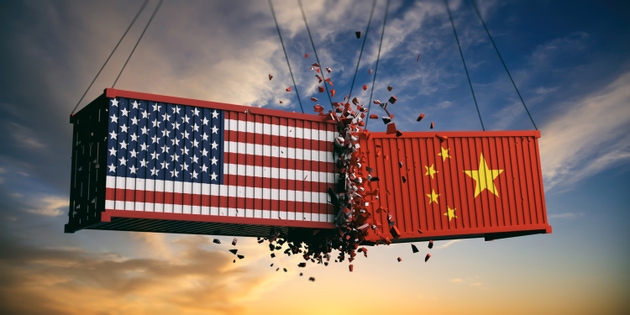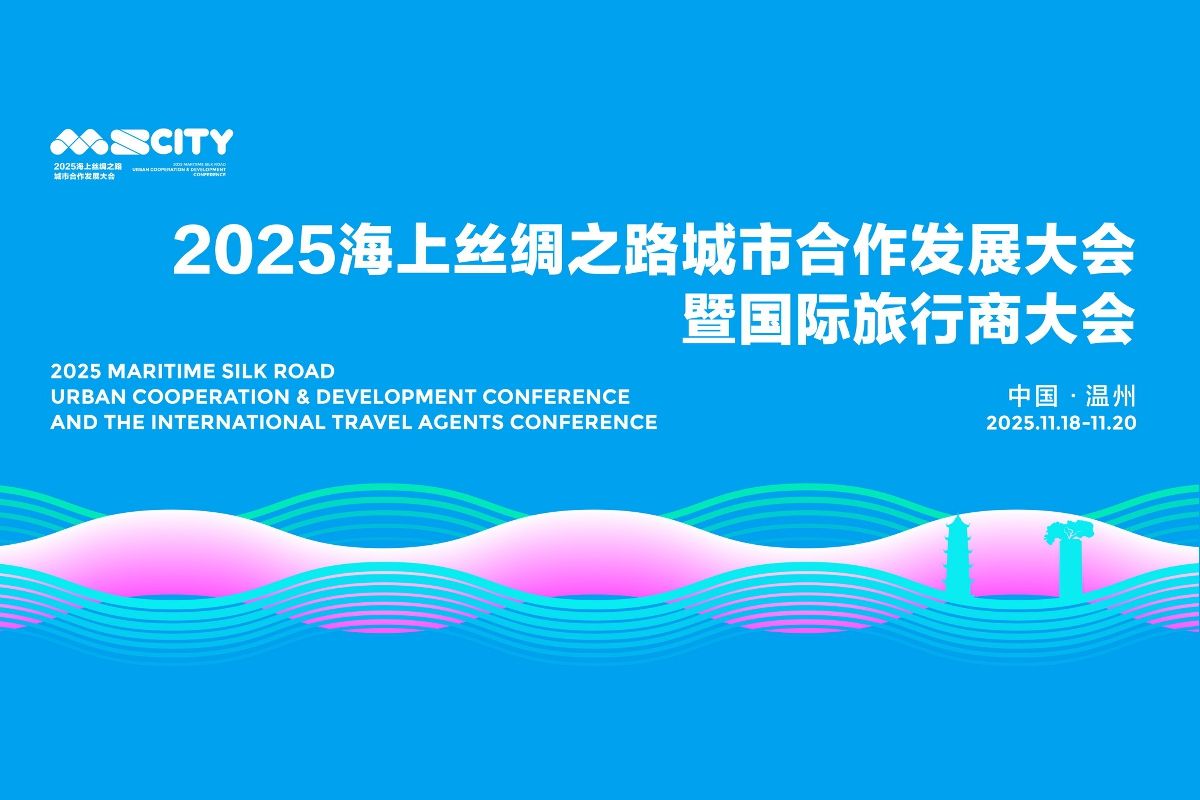Welcome to Foreign Policy’s Southeast Asia Brief.
The highlights this week: Thailand and Cambodia skirmish on the border again, Indonesia and Australia sign a security pact, Rohingya drown off the coast of Malaysia, and Indonesia controversially names Suharto a national hero.
Have feedback? Hit reply to let me know your thoughts.
Thai-Cambodia Truce Breaks Down
Thailand and Cambodia saw a fresh flare of violence last week, with the cease-fire that ended their border conflict in late July in tatters.
The first blow came Monday, Nov. 10, when four Thai soldiers were wounded by a land mine in the border area.
Land mines were a key factor in the July violence. Thailand has repeatedly accused Cambodia of planting fresh mines in disputed areas. Cambodia has denied these accusations, claiming the mines were old ones left over from past wars.
According to the foreign minister of Malaysia, the land mine was new, though it has not been confirmed who laid it. (Malaysia has been leading the Association of Southeast Asian Nations, or ASEAN, observer team that surveys cease-fire implementation.)
The result was that Thai Prime Minister Anutin Charnvirakul suspended the peace deal struck at the ASEAN summit.
Wednesday saw an exchange of fire along the border that left at least one Cambodian villager dead. Both sides accused the other of opening fire first. Cambodia further accused Thailand of deliberately firing on civilians, which Thailand denied.
Meanwhile, Anutin struck an uncompromising tone, and added that he was not worried about tariffs from the United States in response to his tearing up the peace deal.
Thankfully, no new clashes have occurred since Wednesday. And on Friday, U.S. President Donald Trump told reporters he was optimistic things would be fine after speaking to the leaders of both countries.
Once again, Trump seems to be leaning on trade and tariffs to coerce a peace. The Thai foreign ministry confirmed Saturday that the U.S. had suspended negotiations on a reciprocal tariff agreement pending Thailand’s return to the peace agreement.
Anutin seems to be banking on his ability to separate the two issues. On Sunday, he told Thai media that the prime minister of Malaysia, Anwar Ibrahim, had informed him that Trump had promised not to link the tariff issue to peace.
Detractors of Anutin have accused him of adopting a hard line on Cambodia for reasons of political expediency. The prime minister’s political position is extremely precarious. His right-wing populist party leads a minority government reliant on a confidence and supply agreement with Thailand’s largest progressive party, to whom he promised constitutional reform and a fresh election in four months.
Some think the prime minister is deliberately stoking nationalist sentiment in order to bolster his image and election chances.
Such nationalist sentiments are also at play in Cambodia. Some analysts have suggested nationalism is being used by the Hun dynasty to secure its grip on power, with leadership formally passed from Hun Sen to his son Hun Manet in 2023. And if Cambodia has planted new mines, that suggests recklessness. Though it came off worse in July, Cambodia seems keener on the peace deal and lavished praise on Trump for his interventions.
Indonesia and Australia’s new defense pact. Under the terms of a new defense pact, Indonesia and Australia will consult regularly on common security issues and “adverse challenges to either party or to their common security interests and, if appropriate, consider measures which might be taken either individually or jointly.”
At a joint press conference, Australian Prime Minister Anthony Albanese hailed the agreement as a “watershed moment.” Indonesian President Prabowo Subianto was more measured, saying the treaty was “reaffirming” the two countries’ close relationship. The two countries already have a security agreement, the 2006 Lombok Treaty.
What does this new agreement add? The language on adverse challenges and joint action is purportedly based on the 1995 Suharto-Keating pact, which Indonesia left in 1999, angered by Australia’s leading role in the U.N. peacekeeping force sent to Timor-Leste. For Australia, that 1995 pact, closely modeled off the ANZUS pact with the U.S. and New Zealand, was about getting as close as possible to a mutual defense pact with the firmly nonaligned Indonesia. The motivation then was worry about a rising China and the United States’ long-term strategic commitment to the region. For Australia, these topics have only grown more pressing, so the aim and interpretation on the Australian side seems the same as in 1995. However, Indonesia for now seems to see the treaty as just another part of its nonaligned policy, building good relations with Australia even as it buys jets from China.
Rohingya drown off Malaysian coast. Thai and Malaysian authorities have announced that the death toll of Rohingya refugees whose boat overturned on Nov. 7 off the coast of Langkawi, Malaysia, now stands at 28. Dozens of others remain unaccounted for.
Refugee numbers are unusually high this sailing season, with Malaysian officials saying 217 Rohingya and other Myanmar nationals have already reached Langkawi in 2025 after two years of minimal landings. More are on the way. Experts say a motivating factor are U.S. cuts to food aid hitting refugee camps that house over 1 million refugees in Bangladesh.
Thailand’s drinking laws flip-flop. Thailand hastily moved Nov. 13 to modify a new law restricting drinking hours and fining rule-breakers after a huge backlash from businesses claiming it would harm Thailand’s all-important tourism sector. The government has said it will delay plans to fine those drinking between the hours of 2 p.m. and 5 p.m. But businesses are still worried that the widespread international reporting on the booze ban will hurt tourism—and want the government to finalize new drinking-friendly regulations soon.
Members of Iglesia ni Cristo take part in a protest against corruption in Manila, Philippines, on Nov. 16.Ezra Acayan via Getty Images
Some 650,000 members of Iglesia ni Cristo (INC), the Philippines’ answer to Mormonism but more cult-like, attended an anti-corruption rally in Manila on Sunday. Public sentiment has been outraged by corruption in flood-control projects even as typhoons batter the country.
INC is influential politically and able to deliver bloc votes to politicians. It backed President Ferdinand “Bongbong” Marcos Jr. but is closer to Vice President Sara Duterte, holding a mass rally in support in January this year as Marcos allies floated her impeachment.
FP’s Most Read This Week
Mai Nguyen, Yuji Nitta, and Kenya Akama go in-depth on Vietnam’s EV national champion, VinFast, which now accounts for 30 percent of all car sales in Vietnam, in Nikkei Asia.
“That’s where I and the former president [Duterte] started—because I dared investigate the death squad killings right there in his territory.” Leila de Lima, leading Filipino politician imprisoned for years on false charges under former President Rodrigo Duterte, gives a long interview to the Mekong Review.
“Either you die a hero, live long enough to see yourself become the villain, or live even longer and become a Juan Ponce Enrile.” Dexter Cabalza provides an obituary of the éminence grise of a Filipino politician who both helped found and dismantle a dictatorship, in the Philippine Daily Inquirer.
In Focus: A New Suhartoism?
Indonesia officially declaring former President Suharto a national hero, as it did last week, was always going to attract controversy. The argument is partly historical. Is Suharto the man who saved Indonesia from communism and father of development, or the dictatorial overseer of the bloody 1965 purges and invasion of East Timor?
The crux now is not just what he did, but what declaring him a hero means politically. For critics, the move by Prabowo—Suharto’s former son-in-law—is an attempt to “legitimize” Suharto and to revive his dictatorship. Prabowo is, after all, openly skeptical about “Western-style” democracy.
But there are good reasons to be skeptical that this represents a dramatic shift back to Suhartoism.
First, talk by critics about the dangers of legitimizing Suharto omit that he was never delegitimized in the first place. Yes, the 1998 revolution forced him to resign and democratized Indonesia. But Suharto was never anathemized.
He retired in wealth and comfort. Attempts to try him were dropped. Presidents who succeeded him made deliberate shows of respect to him. And a 2020 poll showed he was Indonesia’s most popular leader.
Secondly, the nine other figures declared national heroes at the same time suggests Prabowo wants a unifying, not a Suhartoist, image. Those inclined to political anthropology might recall the comment by the scholar Benedict Anderson that in Javanese culture a key attribute of a powerful person is the ability “to concentrate within himself apparently antagonistic opposites.”
Alongside Suharto were some of his regime stalwarts. But also on the list were Abdurrahman Wahid, aka Gus Dur—Indonesia’s first democratic president post-Suharto—and Marsinah, a labor activist murdered in the Suharto period.
Finally, while Prabowo has moved effectively to consolidate power during his first year in office, a new Suhartoism seems unlikely for now. Indonesians who backed Prabowo in large numbers are also keen democrats. The system of decentralization with competitive local elections is under strain but is still a safeguard against a rollback. The fact that Prabowo is in his 70s also makes a 30-year presidency unlikely.







